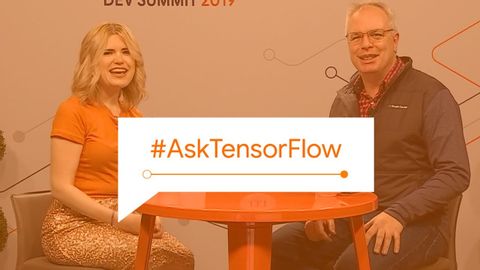
字幕と単語
TensorFlowでGPUを使うこと、ノートPCでTensorBoardを使うこと、新しいデータセットを見つけること、などなど!(#AskTensorFlow) (Using GPUs in TensorFlow, TensorBoard in notebooks, finding new datasets, & more! (#AskTensorFlow))
00
林宜悉 が 2021 年 01 月 14 日 に投稿保存
動画の中の単語
エネルギーを使用
すべての単語を解除
発音・解説・フィルター機能を解除
